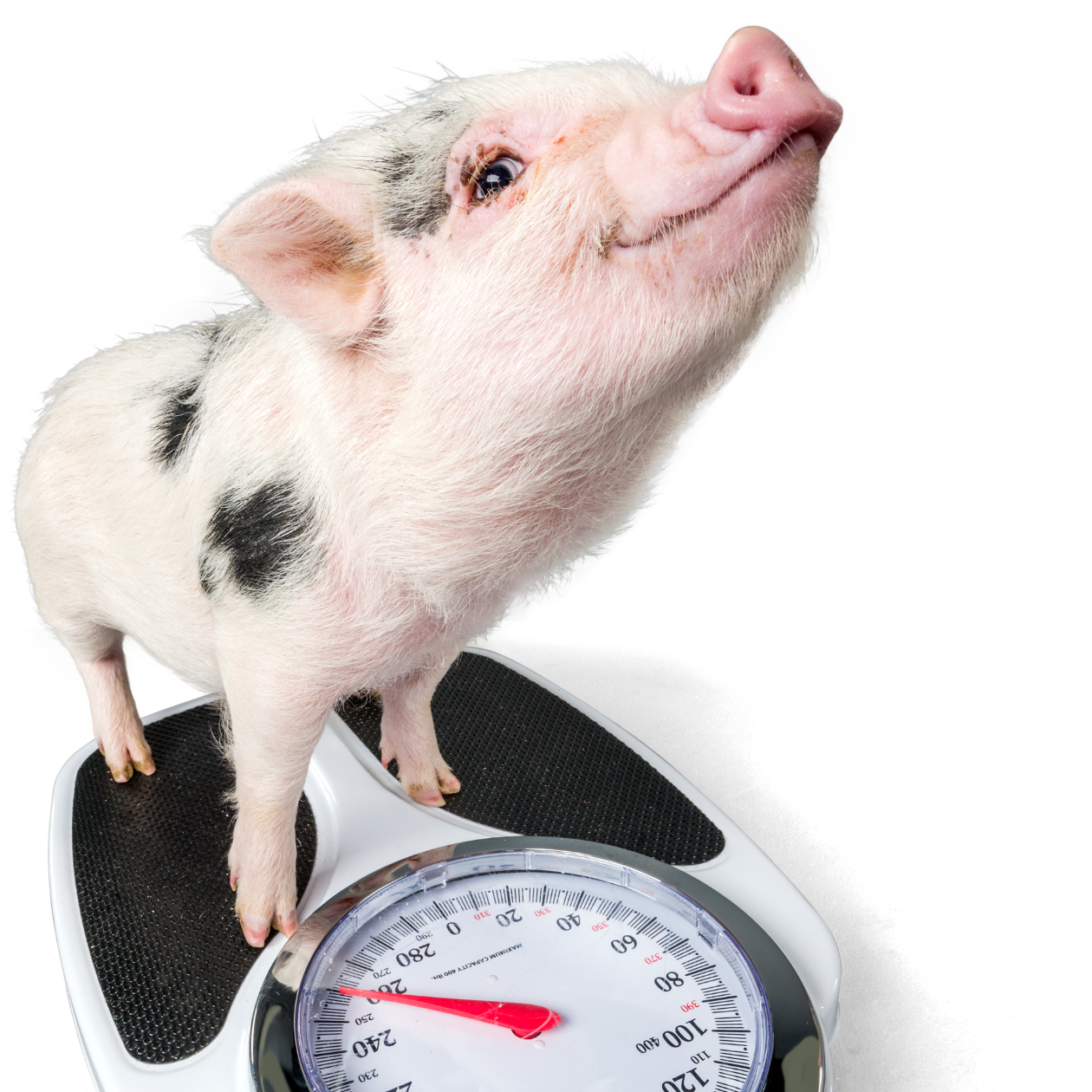Stepping onto the scale and witnessing an unexpected uptick in weight can be disheartening, especially when your goal is to shed excess body fat. Before you spiral into frustration, let's unravel the mystery behind this seemingly contradictory phenomenon – why does the scale show you as being heavier when your body fat percentage is actually decreasing?
Understanding the Numbers Game:
Firstly, it's crucial to understand that weight is not a singular measurement of fat. The scale reflects the total mass of your body, encompassing everything from bones and organs to muscle and water. Fluctuations in weight can be influenced by various factors beyond body fat, leading to a complex interplay of numbers on the scale.
1. Muscle Gain:
One of the primary culprits behind an increase in weight, despite a decrease in body fat, is muscle gain. When you embark on a fitness journey, especially one that includes strength training, your body might be building lean muscle mass. Muscle is denser than fat, meaning it takes up less space but weighs more. As you sculpt your physique through exercise, the scale might register a higher number due to this muscle development.
2. Water Retention:
Another factor that can skew the scale is water retention. High-sodium meals, hormonal fluctuations, or even changes in temperature can lead to temporary water retention. This retained water can add a few pounds to your overall weight, creating the illusion of increased fat. It's essential to recognize that water weight is transient and doesn't necessarily correlate with fat gain.
3. Food and Digestion:
The food you consume also plays a role in short-term weight fluctuations. A hearty meal, especially one rich in carbohydrates, can lead to increased water retention. Additionally, the process of digestion involves breaking down food and absorbing nutrients, contributing to variations in weight throughout the day.
4. Time of Day:
Weight can fluctuate naturally throughout the day due to factors like hydration, meals, and activity levels. Weighing yourself at different times can yield different results, leading to variations that aren't indicative of actual fat gain.
5. Measurement Inconsistencies:
The accuracy of your scale also comes into play. Scales can differ in precision, and factors like uneven flooring can affect their readings. It's advisable to use the same scale consistently, preferably on a flat surface, to obtain more reliable measurements.
How to Navigate the Numbers:
- Focus on Non-Scale Victories: Shift your focus from the scale to other markers of progress. Notice how your clothes fit, how your energy levels have improved, or how your strength and endurance have increased. Non-scale victories provide a more comprehensive picture of your overall well-being.
- Use Body Composition Measurements: Consider incorporating body composition measurements like waist circumference, body fat percentage, or progress photos into your tracking routine. These metrics offer a more nuanced understanding of your body's transformation.
- Monitor Trends Over Time: Instead of fixating on day-to-day fluctuations, look at the broader trends over weeks and months. A single day's reading on the scale doesn't define your progress; consistency and dedication to your fitness journey do.
Conclusion:
In the intricate world of health and fitness, the scale is just one piece of the puzzle. Understanding the factors that contribute to weight fluctuations, apart from body fat, empowers you to approach your fitness journey with a more nuanced perspective. Remember that building muscle, retaining water, and other temporary factors can influence the scale, but they don't necessarily correlate with an increase in body fat. Stay committed to your goals, celebrate your achievements, and embrace the journey towards a healthier, happier you.



Comments ()